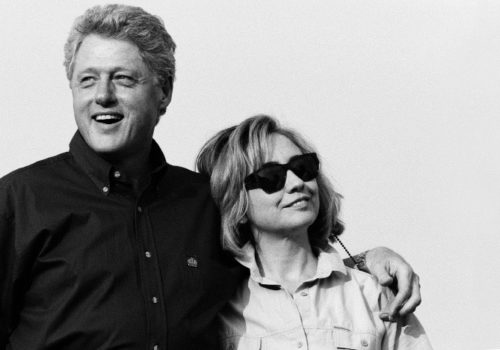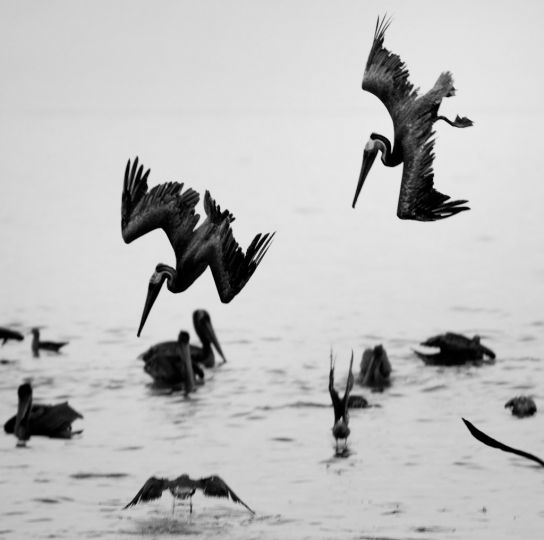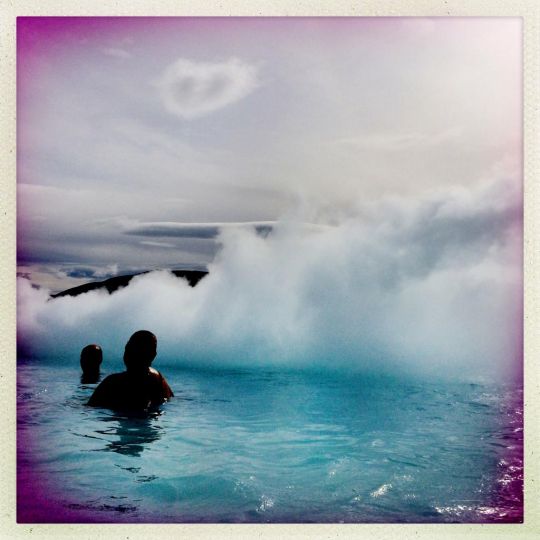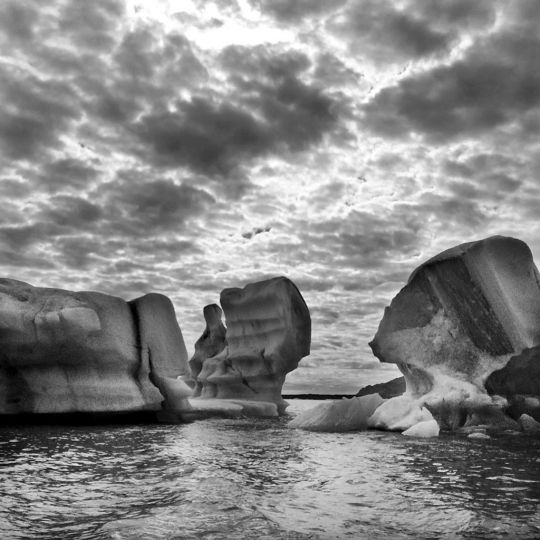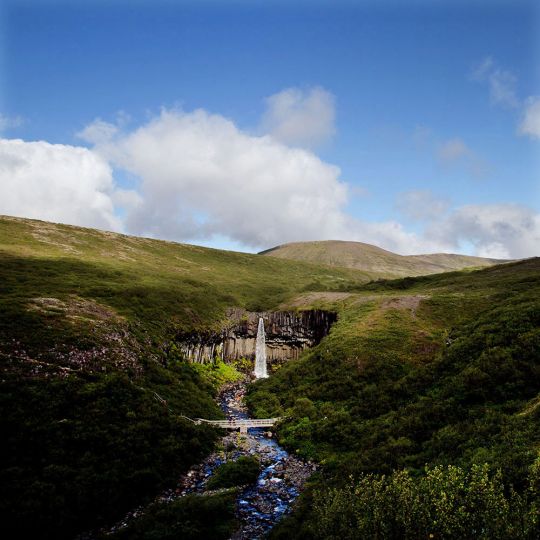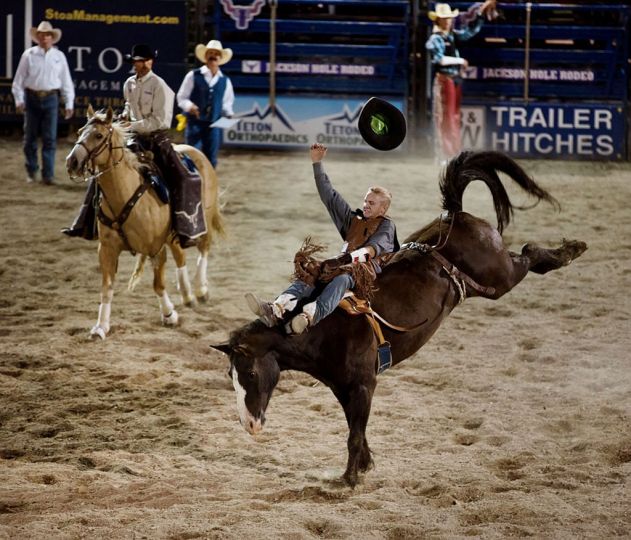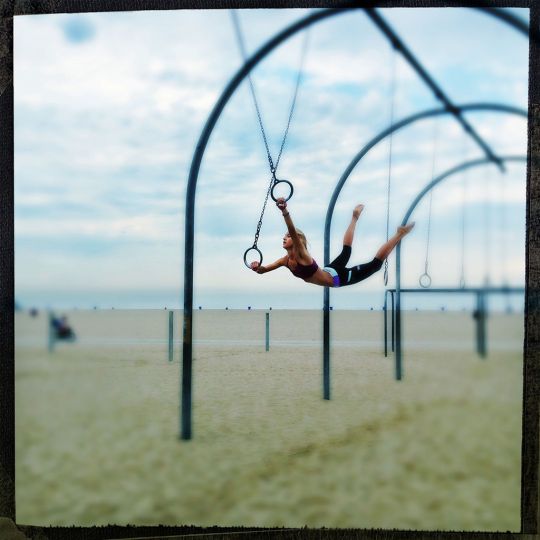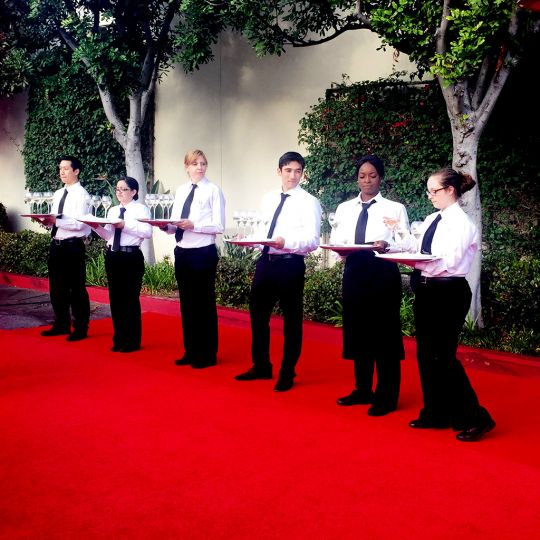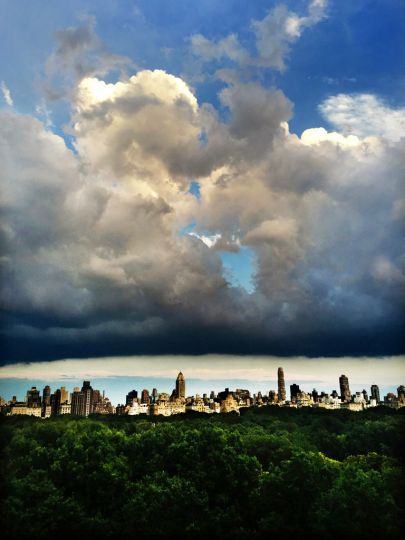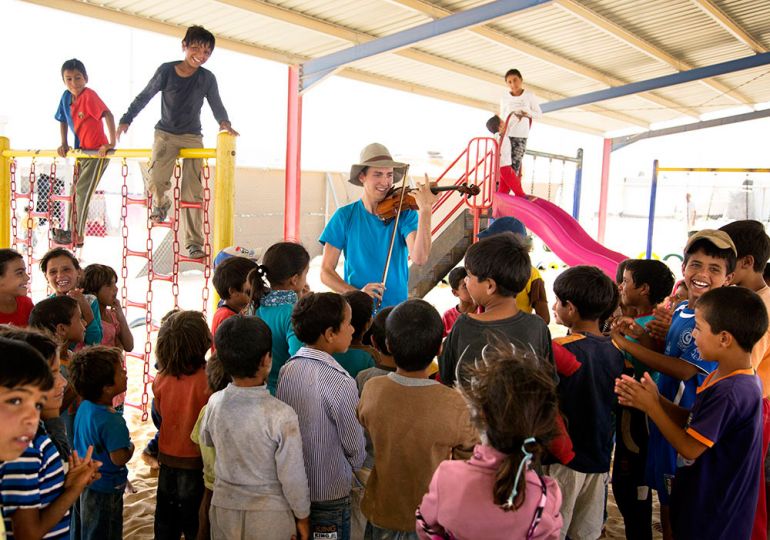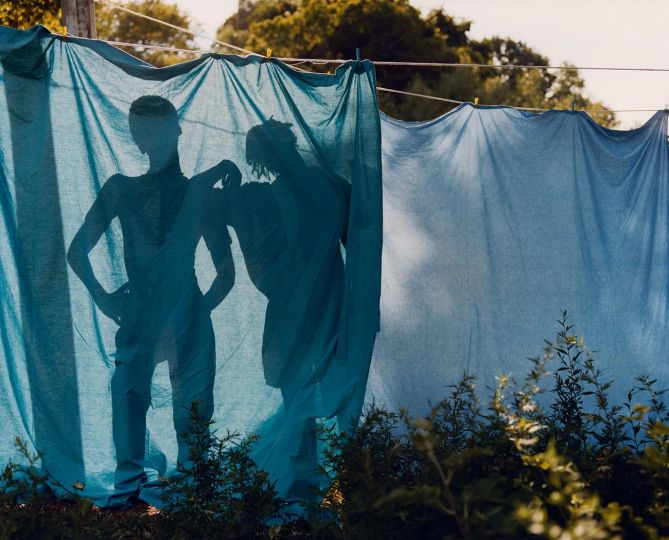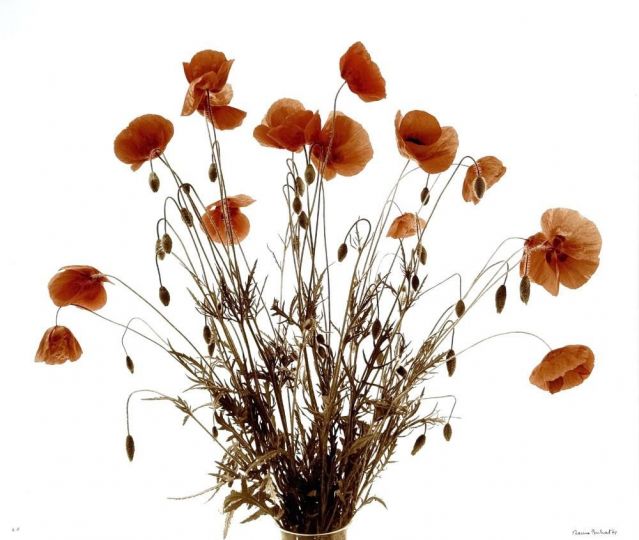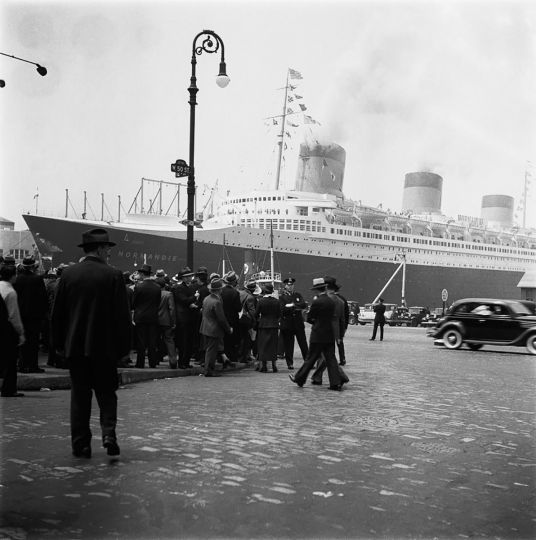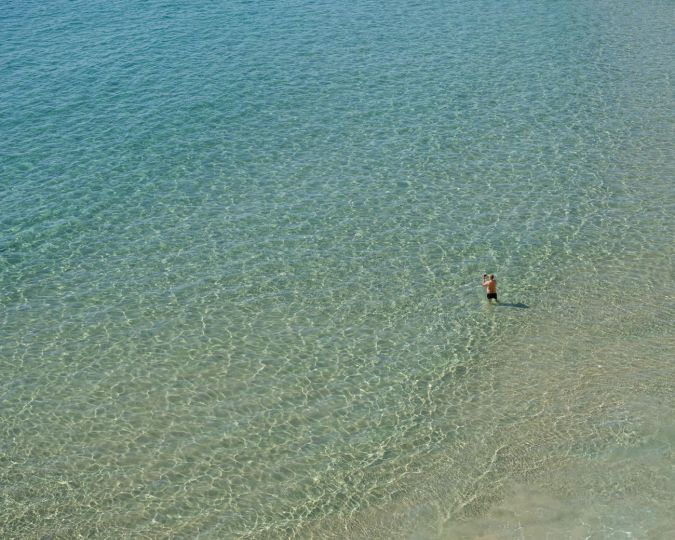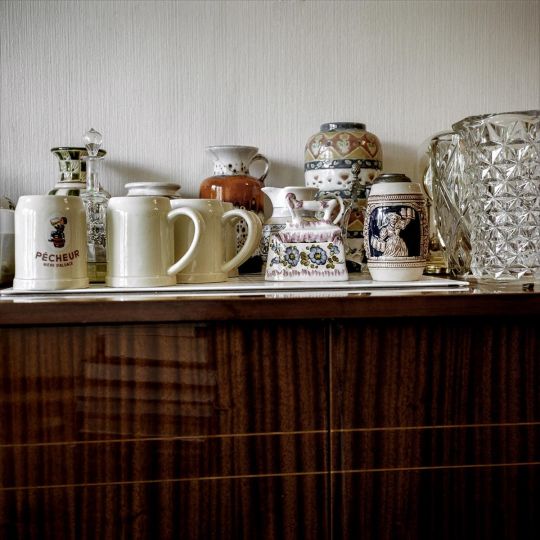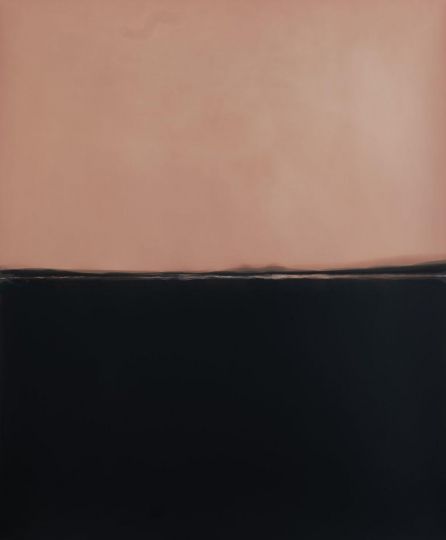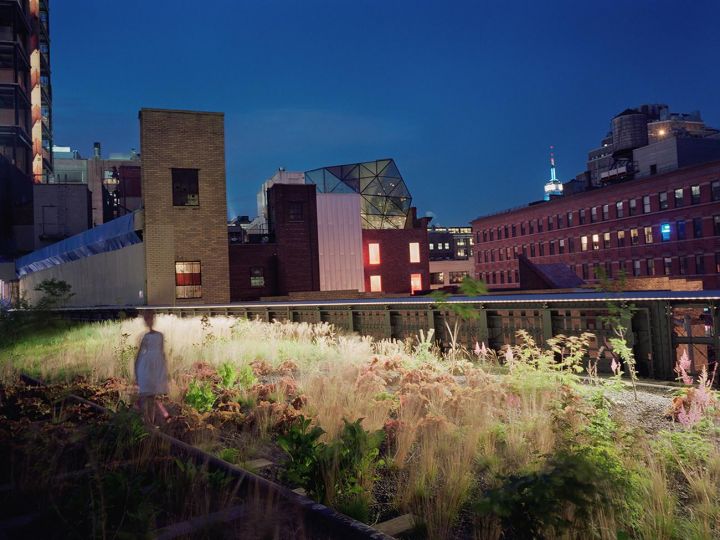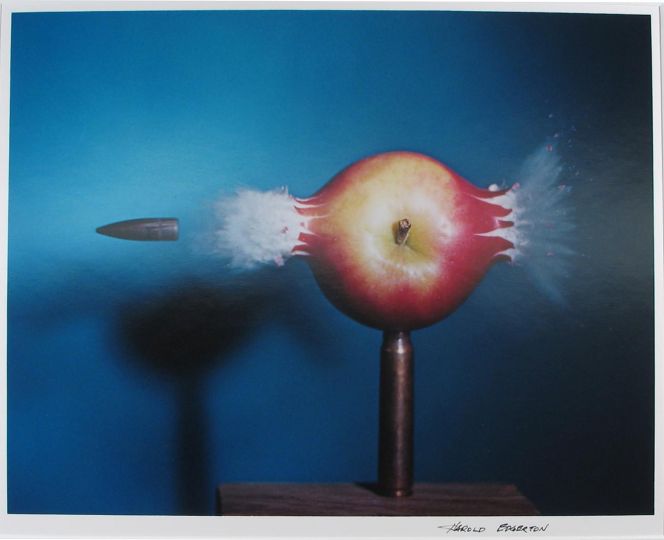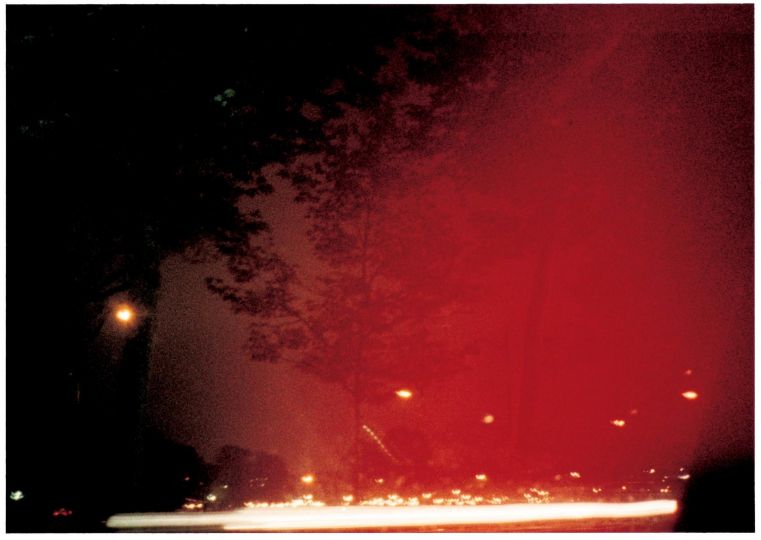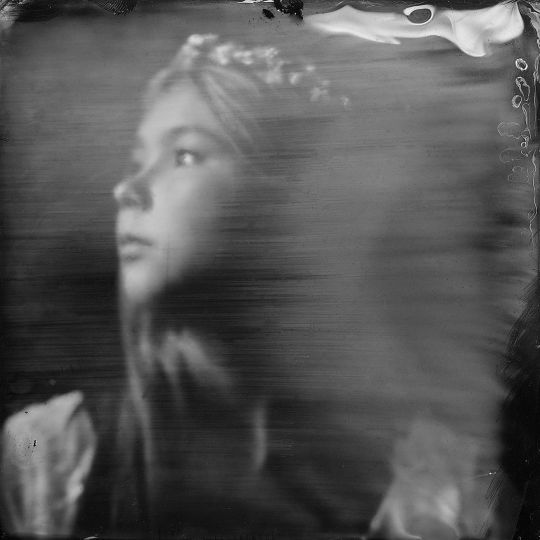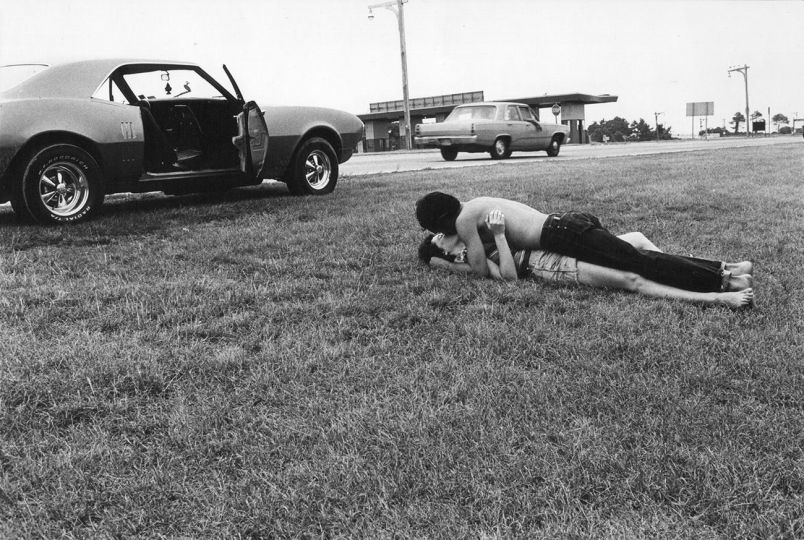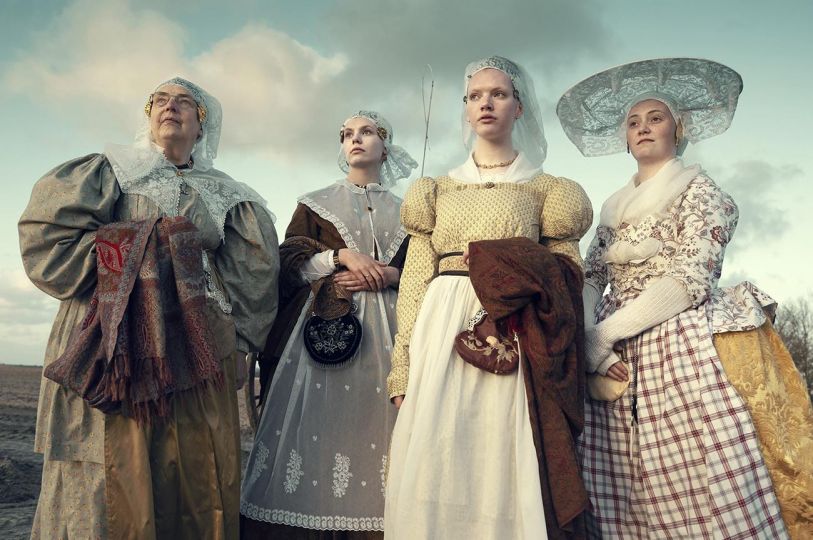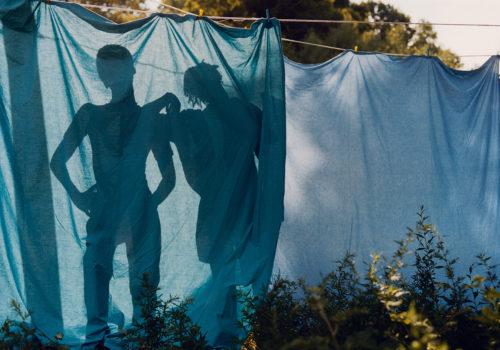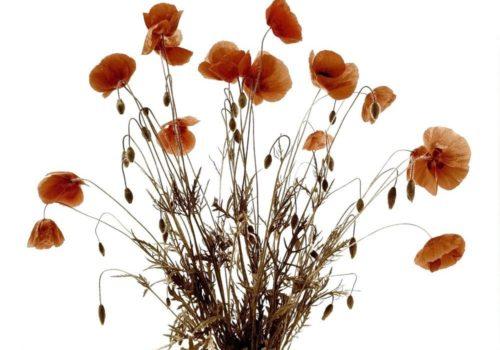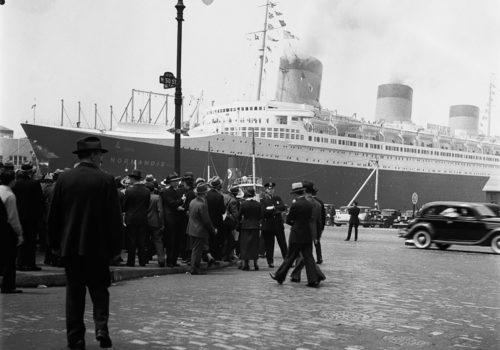I love being in the action. As a kid in Oregon, I distinctly remember seeing a big garage fire and watching the firemen try to put out the blaze, and then this guy with cameras dangling around his neck came along and flipped out his press pass. “Now there’s the perfect job,” I thought. You don’t have to fight the fire, but you can take pictures of it. I was the kid who always brought weird things to class to impress my friends—stuffed armadillos, live horned toads. News photography really had appeal to me. It was the ultimate show and tell.
News photographers tend to be tough, able to survive being shot at both for real and verbally. The way I grew up in the business, the photo editors weren’t polite people. You were afraid of not getting the picture because the consequences of getting yelled at by an editor were way worse than getting attacked on the street by rioters—you could get shot at, beaten up, they didn’t care. They just wanted to see the pictures. They didn’t have HR in those days to complain to. I got better at taking photos out of sheer fear.
I started out covering the 1966 midterm elections, and, by 1970, as a young United Press International wire-service shooter, I started covering the White House. I had my first ride on Air Force One at age 23 with President Richard Nixon. Over these past 50 years, I’ve covered just about every presidential candidate
and watched them work up close on the trail. The first president who understood the power of photography and what it could do for him was Abraham Lincoln, but the first modern president who knew precisely how he came across in photos was John F. Kennedy. JFK and his family were storybook people and looked great in photographs. You could study those pictures as a case history of how to do it right.
This article is reserved for subscribed members only. If you are already a member, you can log in here below.
Subscribe for full access to The Eye of Photography archives!
That’s thousands of images and articles, documenting the history of the medium of photography and its evolution during the last decade, through a unique daily journal. Explore how photography, as an art and as a social phenomenon, continue to define our experience of the world. Two offers are available.
Subscribe either monthly for 8 euros (€) or annually for 79 euros (€) (2 months offered).

